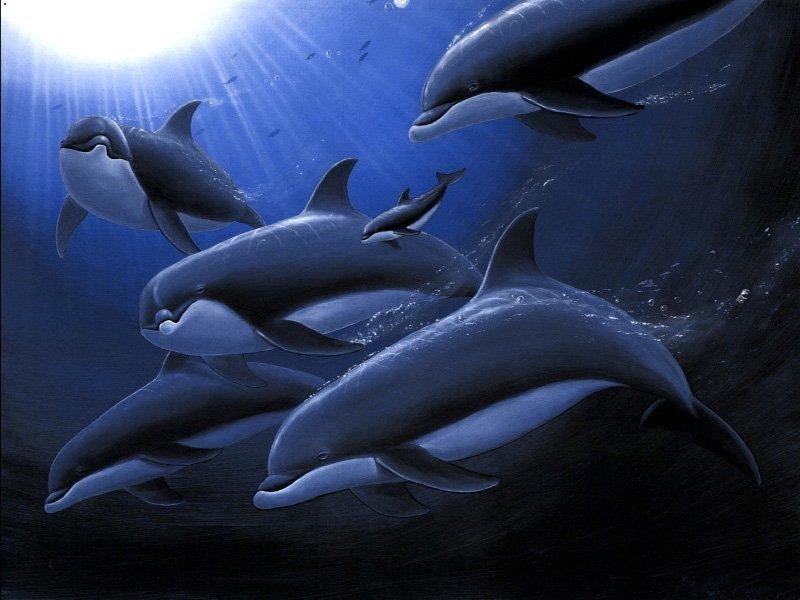|
| 질의: dolphin | 결과: 917번째/1134 | |
Animals - 800 - Dauphins.jpg - File 06 of 11 (1/1)
| 제목: | Animals - 800 - Dauphins.jpg - File 06 of 11 (1/1)
| | 올린이: | RoseBud (news@rosebud.myweb.nl)
| |

| 파일크기 : 66005 bytes
File date : 2001:01:09 11:50:26
해상도: 800x600
Jpeg process : Baseline
Posted Newsgroups: alt.binaries.pictures.animals,alt.binaries.pictures.wallpaper
Posted 촬영일: Sat, 30 Dec 2000 10:04:28 GMT |
Animals - 800 - Dauphins.jpg - File 06 of 11 (1/1)
|
댓글 |
|---|
| | leighan |
|
i makes me think of peace and love
from leighan |
^o^
동물그림창고 똑똑전화 누리집
^o^
|
|
|

